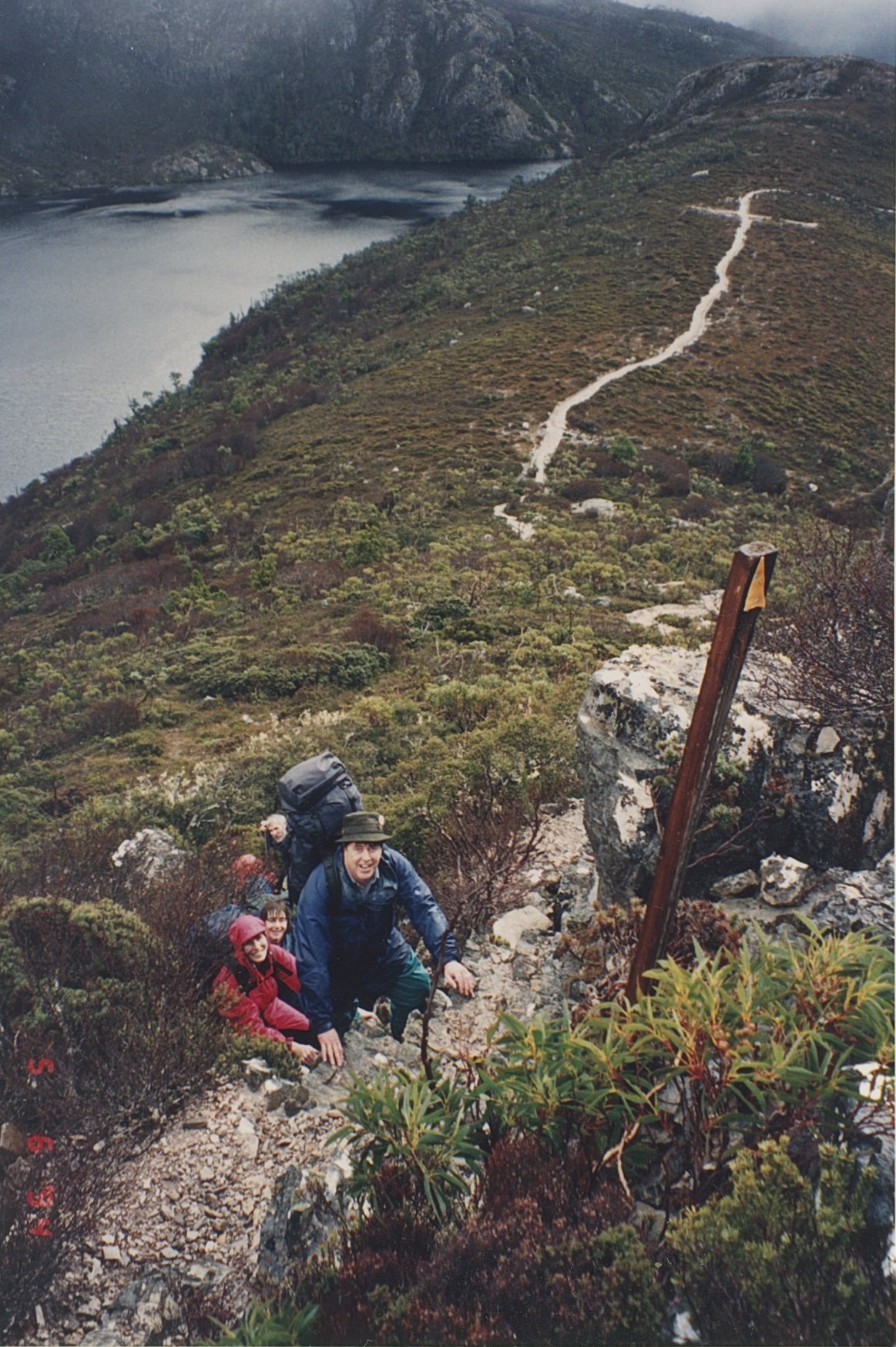From The Cradle To The Coast
‘‘Suddenly, I realised how amazing Tasmania was…’ – Joan Masterman
In 1978, the Tasmanian Government approved plans by the state’s Hydro Electric Commission to build a dam on the Franklin River, in the state’s remote south-west wilderness.
The proposed dam would create jobs and generate additional hydroelectric energy for the state – but it would also cause the destruction of irreplaceable ecosystems and Tasmanian Aboriginal cultural sites.
The Government’s decision to approve the dam divided the state and triggered one of the largest environmental campaigns in Australian history.
The Franklin campaign sparked intense political debate, made global headlines, and would eventually lead to the Franklin and Gordon Rivers being added to the UNESCO World Heritage register. It also opened the world’s eyes to the precious natural values of Tasmania’s wilderness.
In 1983, the newly elected Hawke-Keating Federal Labour Government launched a successful High Court case against the Tasmanian Government, and the dam was stopped.
The Cradle Mountain Walk prior to the development of the Lodges
The Franklin decision prompted the Tasmanian Government to explore ways of opening the state to growing numbers of tourists who wanted to see Tasmania’s World Heritage wilderness for themselves. In 1985, inspired by New Zealand’s model of multi-day accommodated walks on the iconic Milford Track, the government invited expressions of interest from commercial operators for the construction of four huts to accommodate Australia’s first hut-based guided walk in a national park. The location was the 65-kilometre Overland Track, in the Cradle Mountain-Lake St Clair National Park.
While Latona Masterman and Associates created a compelling submission for the project, they were not initially successful – winning the tender only after another submission was withdrawn. With that decision, Cradle Huts was born and Joan Masterman and Ken Latona embarked upon a rapid rebirth from planning consultants to ecotourism operators.
The project had extremely tight construction deadlines and was met with opposition from conservation groups, concerned about the impact the huts and walk would have on the Park’s fragile wilderness environment. Ken and Joan diligently navigated the complex planning and approvals process, determined to create a true ecotourism operation that would be sensitive to the landscape of the national park.
While Joan managed planning, interior design and marketing, Ken mustered the full extent of his skills to ensure environmentally sensitive architecture and a construction process that would have minimal impact on the landscape. Four hut sites were chosen for their exceptional beauty, but also for their location, away from the public walking track and out of sight of other walkers. The structures were simple and self-sustaining, with composting toilets and rainwater collection; designed to accommodate small groups of 10 walkers and two guides.
Joan and Ken worked to create a guest experience unlike anything ever seen in the state. Joan focused on the huts’ interior design, creating a simple and elegant haven for guests. A menu of premium Tasmanian food and wine was devised, guides were recruited, and soft beds and warm showers were readied to offer walkers welcome comfort at the end of a day’s immersion in the wilderness.
The first few Cradle Huts guests took to the trail in the summer of 1987. The following year, a two-line advertisement in a Tasmanian newspaper caught Ken Latona’s eye.
One hundred acres of private land had become available for sale at the Friendly Beaches, on the edge of the Freycinet National Park.

